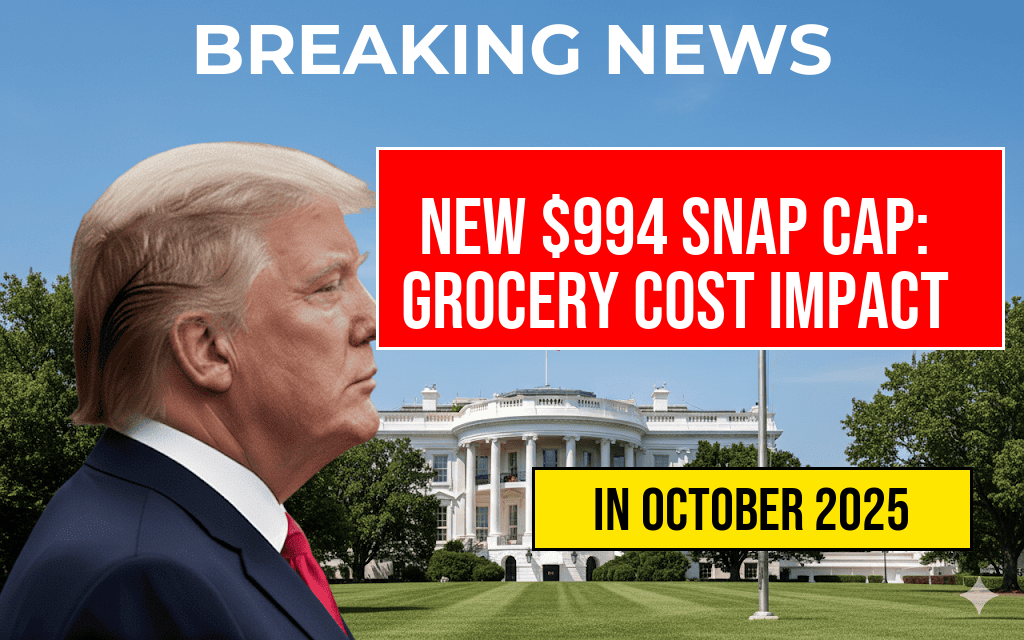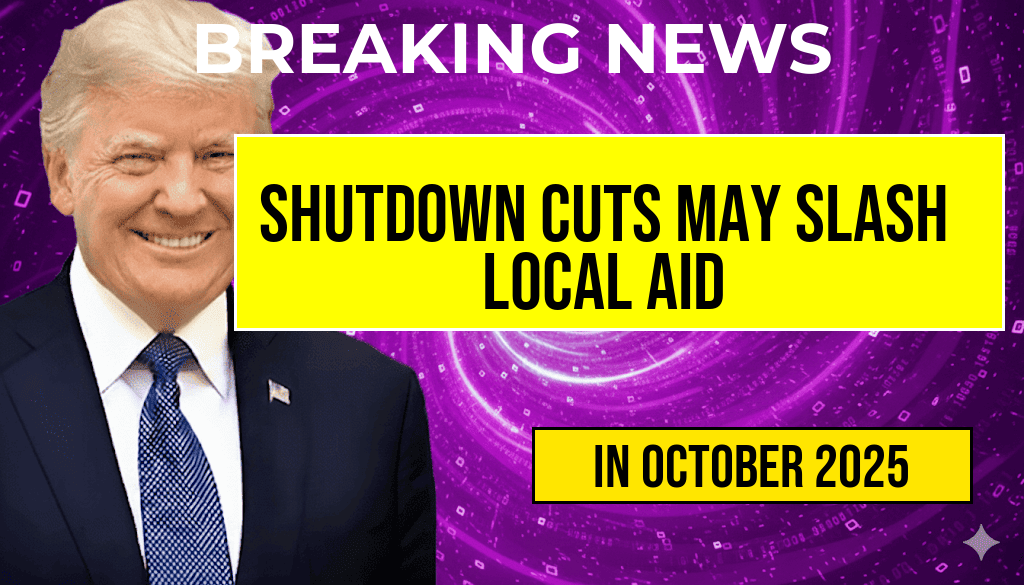The U.S. Department of Agriculture (USDA) has announced a new monthly cap of $994 for the Supplemental Nutrition Assistance Program (SNAP) benefits for a family of four, a significant increase that reflects rising food costs across the country. This adjustment, effective immediately, aims to address the growing financial strain on households struggling to afford groceries amid inflationary pressures. As families navigate the impact of this new maximum benefit, experts are analyzing how it will influence grocery prices and the overall accessibility of nutritious food for low-income Americans.
Understanding the SNAP Adjustment
The SNAP program, formerly known as food stamps, is a federal aid initiative designed to alleviate hunger and improve nutrition among low-income households. The recent increase in the maximum benefit cap comes as part of a broader strategy to revise the Thrifty Food Plan, which serves as the basis for calculating SNAP benefits. This plan is updated periodically to reflect changes in food prices and dietary needs.
Reasons Behind the Cap Increase
- Inflationary Trends: The past few years have seen unprecedented inflation rates, particularly in the food sector, prompting the need for a reevaluation of benefit levels.
- Food Accessibility: The USDA aims to ensure that families can afford a balanced diet, as food insecurity continues to be a pressing issue in many communities.
- Policy Reevaluation: Regular adjustments to the SNAP program are essential to align with current economic conditions and cost-of-living expenses.
Implications for Families and Grocery Costs
The increase to $994 per month is expected to have several implications for families enrolled in the SNAP program. With this additional financial support, families may experience a reduction in food insecurity, allowing them to purchase healthier options and diversify their diets. However, experts warn that the impact on grocery costs could vary significantly based on regional pricing and availability of food items.
Regional Variations in Grocery Prices
While the new cap provides increased purchasing power, grocery prices are not uniform across the country. Urban areas often experience higher food costs compared to rural regions, which may affect how far the SNAP benefits stretch. According to the latest USDA data, the average cost of groceries for a family of four can range significantly based on location.
| Region | Average Monthly Cost |
|---|---|
| Northeast | $1,200 |
| Midwest | $1,000 |
| South | $950 |
| West | $1,100 |
Potential Challenges Ahead
Despite the increased benefits, challenges remain. Grocery stores may react to the enhanced purchasing power of SNAP recipients by adjusting their prices, potentially offsetting some of the benefits. Additionally, fluctuations in food supply chains, exacerbated by factors such as climate change and global events, could continue to impact grocery costs.
The Broader Impact on Food Security
Experts believe that the new SNAP cap will have a positive effect on food security among families. With more resources at their disposal, families can make healthier food choices and reduce reliance on less nutritious options. This change is particularly crucial as studies show a direct link between nutrition and overall health outcomes.
Community Response and Future Outlook
Community organizations and advocates are welcoming the increase, emphasizing its importance in combating food insecurity. Many local food banks and assistance programs are also adapting to the changes, expecting an uptick in demand for their services as families explore new avenues for obtaining food.
As the USDA continues to monitor food prices and the effectiveness of SNAP, stakeholders are calling for ongoing evaluations to ensure that assistance programs evolve alongside economic conditions. The new $994 cap is a step towards addressing immediate needs, but it remains crucial to assess long-term strategies for sustainable food security.
For more information on SNAP and its impact on food prices, visit Wikipedia or check the latest reports from Forbes.
Frequently Asked Questions
What is the new $994 monthly cap for SNAP benefits?
The $994 monthly cap for SNAP (Supplemental Nutrition Assistance Program) benefits is the maximum amount a family of four can receive to help cover grocery costs. This change aims to provide support to families facing food insecurity.
How does the $994 cap impact families using SNAP?
The new cap means that families of four will receive up to $994 per month to spend on eligible food items. This adjustment is intended to better align with current grocery costs and ensure that families can access nutritious food.
Will the monthly cap affect the overall purchasing power of SNAP recipients?
Yes, the monthly cap may impact the purchasing power of SNAP recipients, especially in areas where grocery prices are high. Families may need to budget carefully to make the most of their benefits.
What should families do if their grocery costs exceed the $994 cap?
If a family’s grocery costs exceed the $994 cap, they may need to explore additional resources, such as local food banks or community programs, to supplement their food needs.
When will the new SNAP cap take effect?
The new $994 monthly cap for SNAP benefits is expected to take effect starting next month. It is important for families to stay informed about the implementation date to plan their budgets accordingly.








